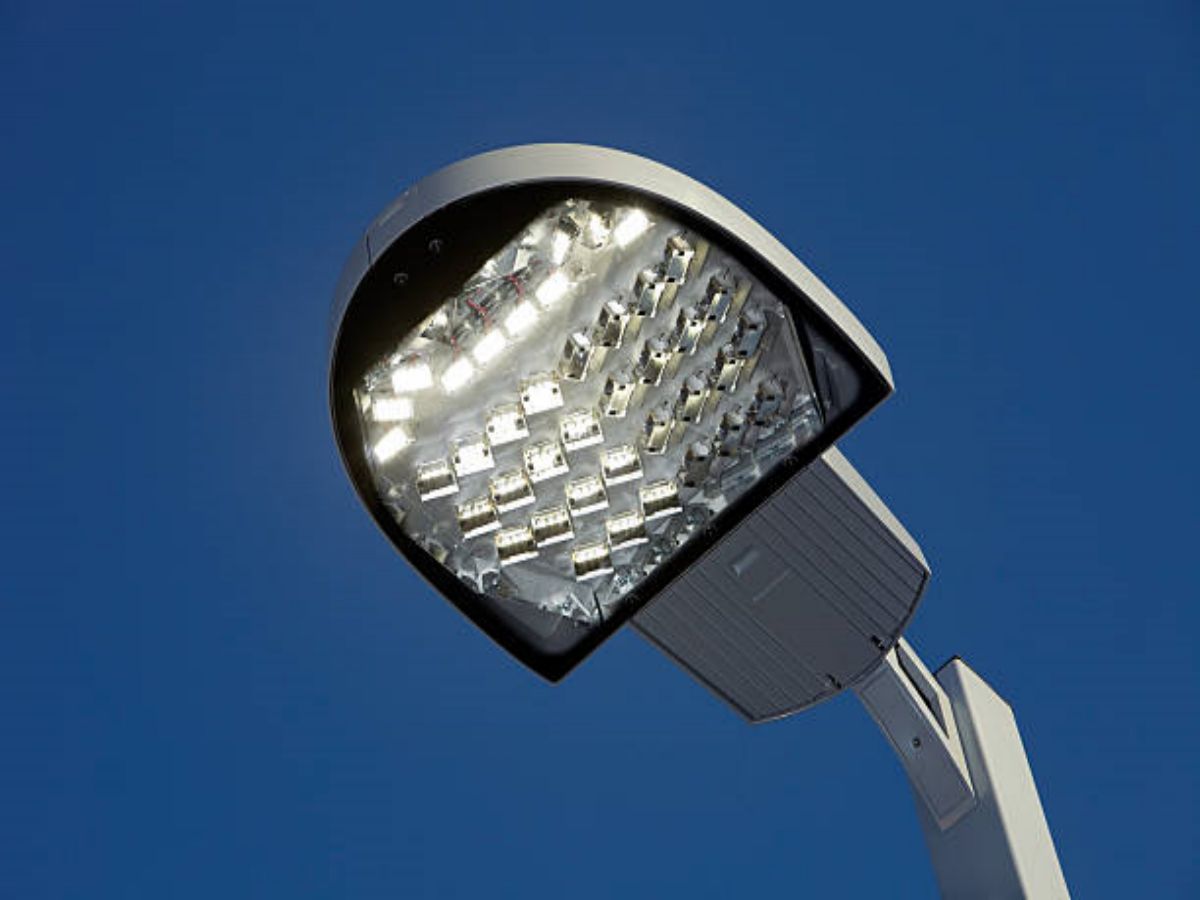The Basics of a 4 Pin LED Connector
A 4 pin LED connector is an essential component when it comes to connecting LED strips or other LED lighting fixtures. This connector allows for a secure and reliable connection, ensuring that the LEDs function properly. In this article, we will guide you through the steps of using a 4 pin LED connector, covering everything from the basics to more advanced techniques.
Gathering the Necessary Materials
Before you begin using a 4 pin LED connector, it's important to gather all the necessary materials. This will ensure a smooth installation process and prevent any delays. Here's a list of items you'll need:
- 4 pin LED connector
- LED strip or lighting fixture
- Wire cutters/strippers
- Heat shrink tubing
- Soldering iron (optional)
Step-by-Step Guide to Using a 4 Pin LED Connector
Now that you have all the materials ready, let's dive into the step-by-step process of using a 4 pin LED connector:
Step 1: Cut the LED Strip
If you are using an LED strip, start by cutting it to the desired length. Most LED strips have designated cut points, usually marked with scissor icons. Carefully cut along these points using a sharp pair of scissors or a utility knife.
Step 2: Prepare the Wires
Once the LED strip is cut, you will notice two sets of wires: positive (+) and negative (-). Using wire cutters/strippers, carefully strip a small portion of the insulation from both sets of wires, exposing the metal conductor inside.
Step 3: Insert the Wires into the Connector
Now it's time to insert the stripped wires into the 4 pin LED connector. Make sure to match the polarity correctly, connecting the positive wire to the positive terminal and the negative wire to the negative terminal. Insert the wires into the appropriate slots and push them in until they are securely held in place.
Step 4: Secure the Connection
To ensure a reliable and long-lasting connection, it's recommended to secure the wires using heat shrink tubing. Cut a piece of heat shrink tubing slightly longer than the connector and slide it over the wires. Use a heat gun or a lighter to shrink the tubing, creating a tight seal around the wires and connector.
Step 5: Test the Connection
Before finalizing the installation, it's crucial to test the connection and make sure the LEDs are working as expected. Connect the other end of the LED strip or lighting fixture to a power source and turn it on. If everything is functioning properly, you can proceed to the next steps.
Advanced Techniques for Using a 4 Pin LED Connector
Now that you have mastered the basics of using a 4 pin LED connector, let's explore some advanced techniques that can enhance your LED lighting setup:
Technique 1: Soldering the Connection
If you require an even more secure connection, especially for outdoor or high-vibration applications, you can consider soldering the wires to the connector. This involves melting solder onto the wires and connector, creating a permanent bond. Make sure to use heat-resistant solder and take necessary safety precautions when soldering.
Technique 2: Using Extension Cables
In some cases, you may need to extend the length between the LED strip and the power source. To achieve this, you can use extension cables specifically designed for 4 pin LED connectors. These cables allow you to connect multiple LED strips or bridge longer distances without compromising the electrical integrity of the setup.
Technique 3: Waterproofing the Connection
If you plan to use the LED lighting outdoors or in potentially wet environments, it's essential to waterproof the connection. You can achieve this by applying silicone sealant or using waterproof heat shrink tubing over the connector. This will protect the wires and connector from moisture and ensure the longevity of your LED lighting setup.
Conclusion
In conclusion, using a 4 pin LED connector is a straightforward process that allows you to connect LED strips and lighting fixtures with ease. By following the step-by-step guide provided in this article, you can ensure a secure and reliable connection for your LED lighting setup. Additionally, exploring advanced techniques such as soldering, using extension cables, and waterproofing can further enhance your LED lighting experience. Now that you have the knowledge, go ahead and unleash the potential of your LED lights!

